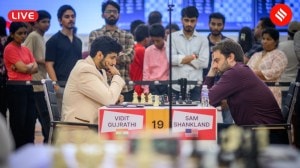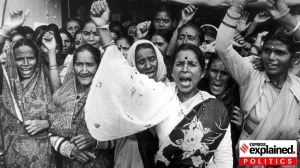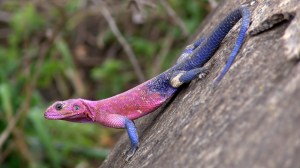Japan facing its biggest crisis since World War II,says PM
Over 10,000 killed in one town alone; fear,hunger,destruction across coastal areas.
MARTIN FACKLER & MARK MCDONALD
Japan faced mounting humanitarian and nuclear emergencies Sunday as the death toll from Fridays earthquake and tsunami climbed astronomically,partial meltdowns occurred at two crippled plants and cooling problems struck four more reactors.
In one town alone,the port of Minamisanriku,a senior police official said the number of dead would certainly be more than 10,000. The overall number is also certain to climb as searchers began to reach coastal villages that essentially vanished under the first muddy surge of the tsunami,which struck the nations northern Pacific coast. Prime Minister Naoto Kan told a news conference late Sunday: I think that the earthquake,tsunami and the situation at our nuclear reactors makes up the worst crisis in the 65 years since the war. If the nation works together,we will overcome.
The government ordered 1,00,000 troops into relief roles in the field nearly half the countrys active military force. In Sendai,a city of roughly a million people in the region at the centre of the catastrophe,many buildings cracked but none had collapsed. Still,city officials said that more than 5,00,000 households and businesses were without water,and many more lacked electricity as well.
Soldiers surrounded Sendais City Hall,where officials converted two floors to treat evacuees and drew power from a generator. A line of people waited outside with plastic bottles and buckets in hand to collect water from a pump.
Masaki Kokubum,35,has been living in City Hall since the quake. He works at a supermarket,and his neighbourhood lost power and water. He said he had not slept in three days,and as he spoke he seemed dazed. I cant sleep, he said as he sat in a chair in a hallway. I just sit here and wait. Aerial photos on Sunday showed floodwaters receding from the runways at the airport in Sendai,capital of Miyagi prefecture. The rescue is going on through the night,of course, Michael Tonge,a teacher from Britain,said early Sunday morning from his home in the city. The few shops open have people queuing nicely, he said,with no pushing or fighting or anything.
Tokyo and central Japan continued to be struck by aftershocks from quakes off the eastern coast of Honshu Island,and United States agencies recorded 90 smaller quakes throughout the day Saturday. A long tremor registering 6.2 caused buildings in central Tokyo to sway dramatically on Sunday morning.
Search teams from more than a dozen nations were bound for Japan. On Sunday,in a rare moment of reconciliation,the ruling Democratic Party of Japan (DPJ) and its main rival agreed to discuss a temporary tax increase to fund what is likely to be billions of dollars in disaster relief. However,sniping over the handling of the humanitarian crises,is a telling sign that the truce will not last long. It took five hours after the explosion (at a nuclear plant site)… before a response was issued, Japan Communist Partys Akira Kasai said. That is not good. Domestic media echoed the criticism of the government. Crisis management is incoherent, blared a headline in Asahi newspaper.



- 01
- 02
- 03
- 04
- 05




























